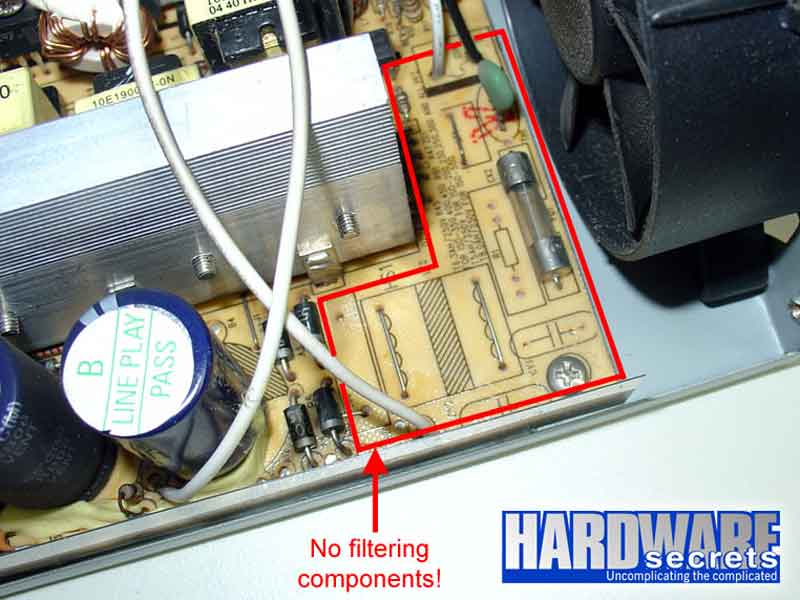
Friday, June 14, 2019 — Back in April, the power supply in my main desktop PC died. I quickly found a replacement at the local Radio Shack store (remember those?). And my PC hasn’t missed a beat since.
However, I found that not all power supplies are the same — particularly when it comes to filtering.
Since around the time I replaced the power supply, I have been having trouble hearing the NCS on the 80-meter Georgia CW net I have been participating in for the last couple of years. I had been attributing the problem to band conditions.
Anyway, ever since I set up Studio B here in our family room, I have had to power down my PC before operating on 75/80 meters because the PC power supply generated too much RF hash across the band.

Shutting the PC down fixed the problem — or did — until recently. Recently now it seemed that when I turned the PC off, it only reduced the noise level by about 15 percent. I wasn’t sure if it was lousy band conditions or just normal band noise.
I’ve been getting emails from the Georgia net NCS wondering where I went, and I had been blaming the conditions, which make it nearly impossible to copy the NCS. In a fit of frustration, a couple of nights ago I decided to shut the power off at the rear switch on the PC power supply — Viola! Noise gone!!
The S-meter dropped from a steady S-9 plus to S3 … and I had no trouble copying te NCS or the stations that checked in. Finally!
Since then I’ve been researching these switching power supplies found in PCs, and I’ve learned the problem isn’t a new one. Higher quality power supplies have input filtering on the AC input; I’ve seen plenty of photos of “value” PC power supplies with the input filter parts indicated on the PC board but they were apparently deemed unnecessary and jumped out of the circuit.
Well, as it turns out, in my panic to get a replacement power supply, I also ordered one from an Amazon seller, and another from an eBay seller. I decided to check them to see if these power supplies had the missing filter parts in them — and sure enought, they did.
The parts include a medium size wound toroid inductor and a number of capacitors. The first supply I checked — which was an older used Dell supply that matched the specs on the facotry supply — had no missing parts.
Tonight I decided to swap the supplies to see if the input filtering would change the local noise level. Wow! What a difference it made!
Right now I’m listening to some chatter on 3919 kHz and the noise floor is S1 to S3 — with my PC up and running! I was listening to my FTDX-3000 as I powered up the PC, and heard absolutely nothing — no hash, no birdies … nothing but lovely band noise!
I’ve thrown away the dead power supply, but clearly, it did not have the same filtering this unit has. The power supply is so quiet that I could actually use my desktop for digital coms (in the past I have been forced to power down the desktop and use a laptop for digital).
I think the next hamfest I attend, I’m going to look for cheap ATX power supplies and buy a couple just for parts. If nothing else, I could mount the input filter parts on a perfboard inside the power supply housing. The secret is having the parts on hand to “upgrade” the existing power supply.
This new supply sure makes Studio B much more ham radio friendly since the PC no longer creates intolerable racket.
Before you throw out that old PC, you might want to scavenge the power supply in the event you too run into a new — but noisy — PC power supply.
73
-30-
